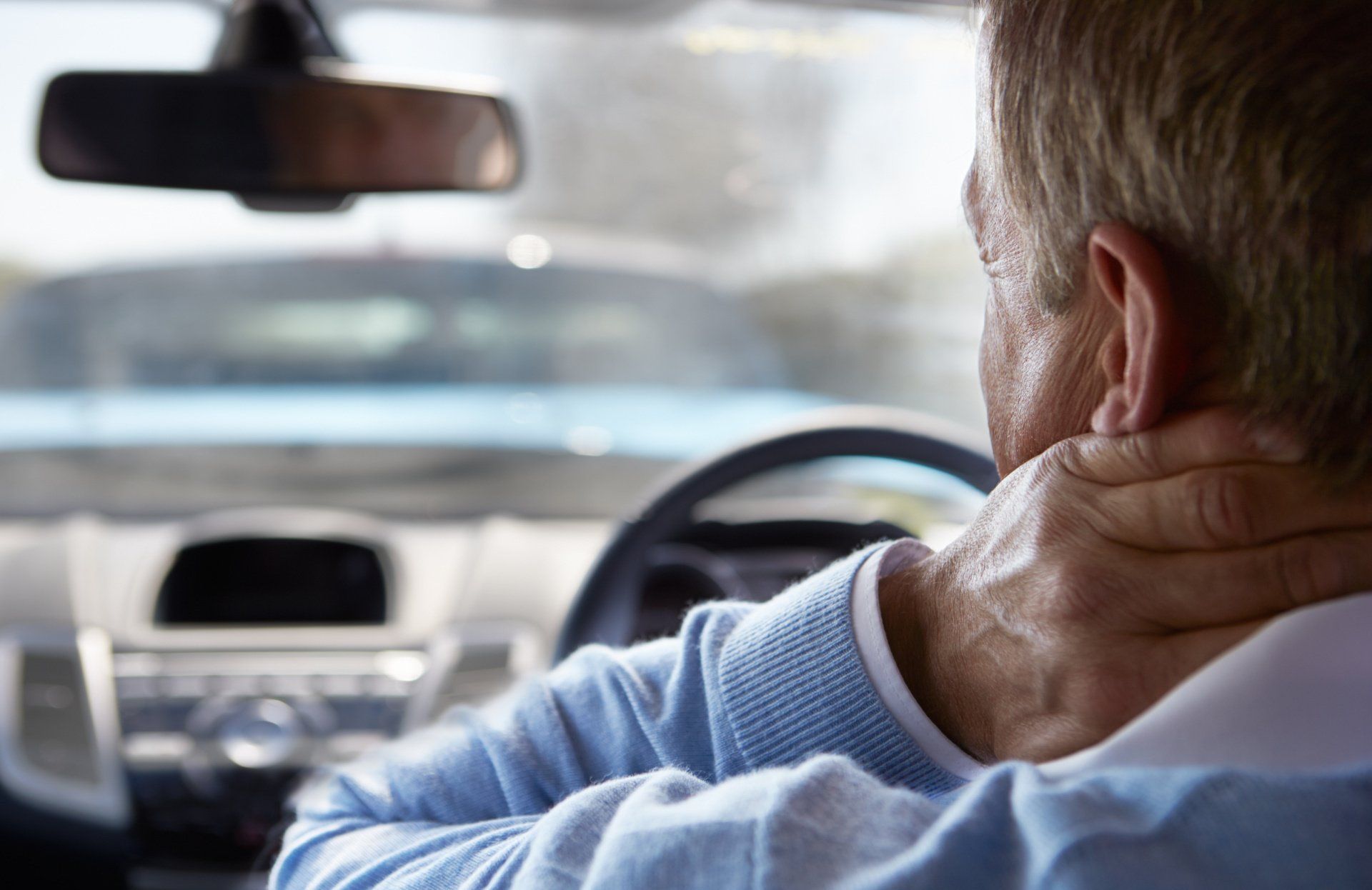If you have recently been involved in a car accident, your chance of gaining back significant damages may depend on your ability to show that the other party was to blame. If you were involved in a collision with a commercial vehicle, you could potentially have more options to show that they were at fault. This is because commercial drivers are held to higher standards than other drivers, and their employer may be liable through the legal theory of vicarious liability.
Vicarious liability means that the employer of a commercial driver could be held liable for their negligent actions if their behavior led to damages. If you are wondering if you could be able to hold a company liable for damages using the theory of vicarious liability, the following article will be able to answer some of your questions.
An overview of vicarious liability
The legal theory of “respondeat superior,” which means “let the master answer” could lead to an employer liable for their employee’s negligent actions. For example, if a commercial driver becomes involved in a collision while working and they are found to be under the influence of alcohol, the employer may be held partially liable because they failed to hire responsible drivers.
Vicarious liability does not only apply to employers. A person could be found liable for a car accident due to “negligent entrustment” if they lend their vehicle to an unstable or reckless person who becomes involved in a collision.
Showing that the other party was liable
To be successful, you will still need to show that the other party was to blame. Therefore, if it can be shown that you made a driving error, that you were driving over the legal speed limit or that you were engaging in distracted driving, it may prove difficult to make a liability claim. To increase your chances of correctly attributing fault, try to make sure that as much evidence as possible is conserved and used in your favor.
If you believe that the other party was to blame for causing the car accident that you were involved in, you may be able to gain back financial damages as well as further damages for the pain and suffering caused.



